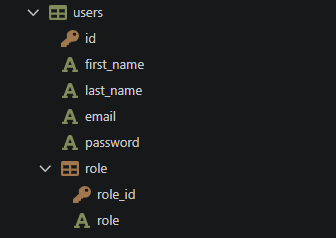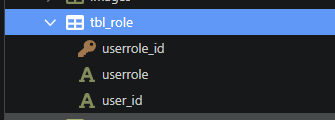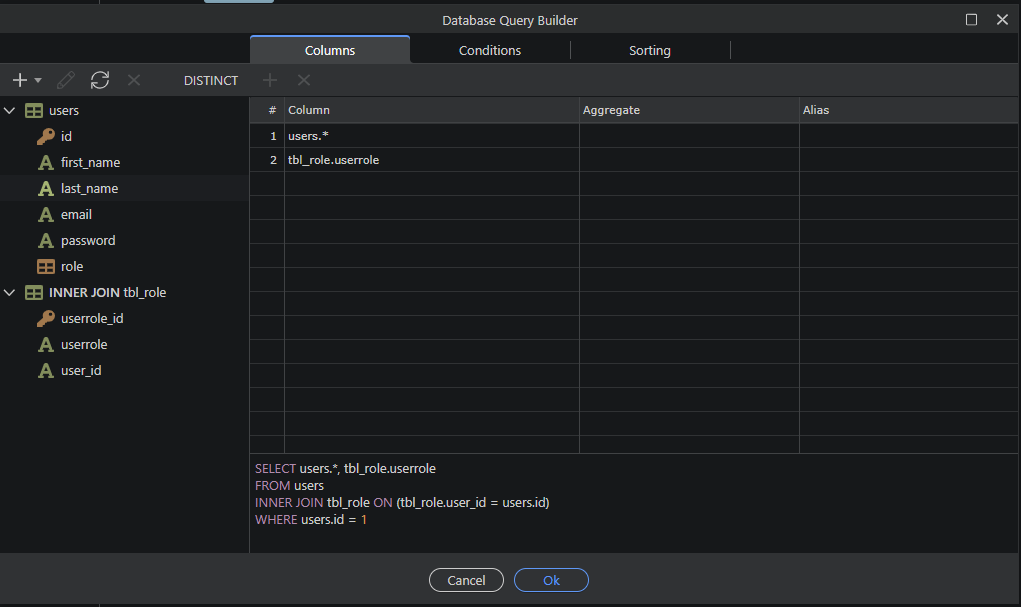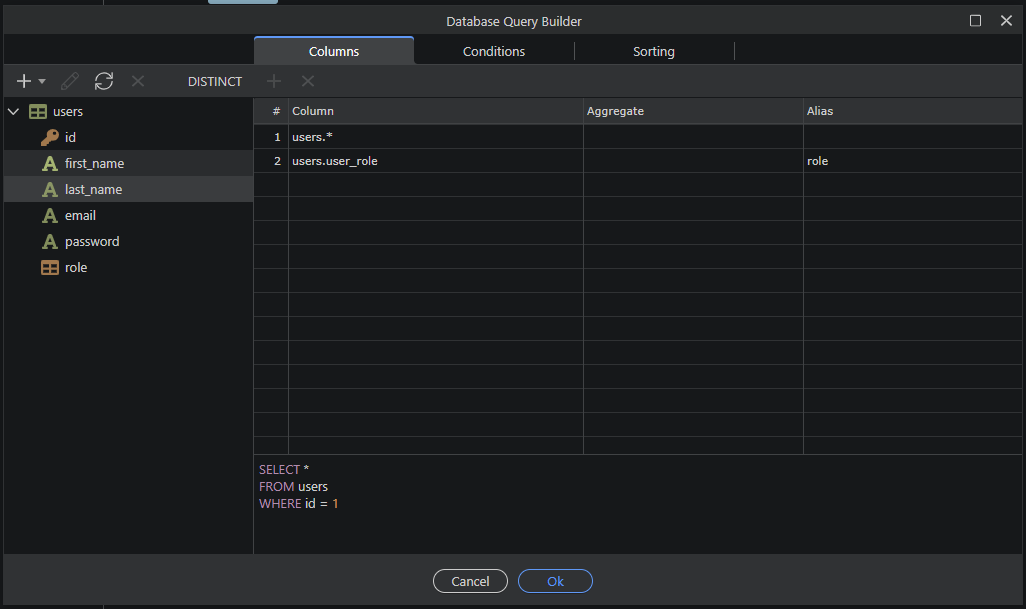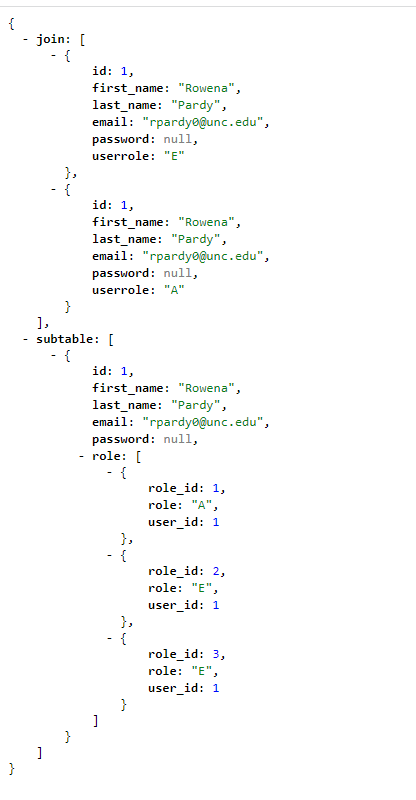When designing a database with Wappler’s new sub table feature in mind, it seems that the user table ultimately ends up being the master table in most situations. Some examples…
-
Comments could not exist without blog posts and blog posts cold not exist without users (authors).
-
Order items could not exist without orders and orders could not exist without users (customers).
-
Course pages could not exist without courses and courses could not exist without users (teachers or students).
So does everything always pretty much come back to users being the master table or am I thinking about sub tables in the wrong way?
Much appreciated.

